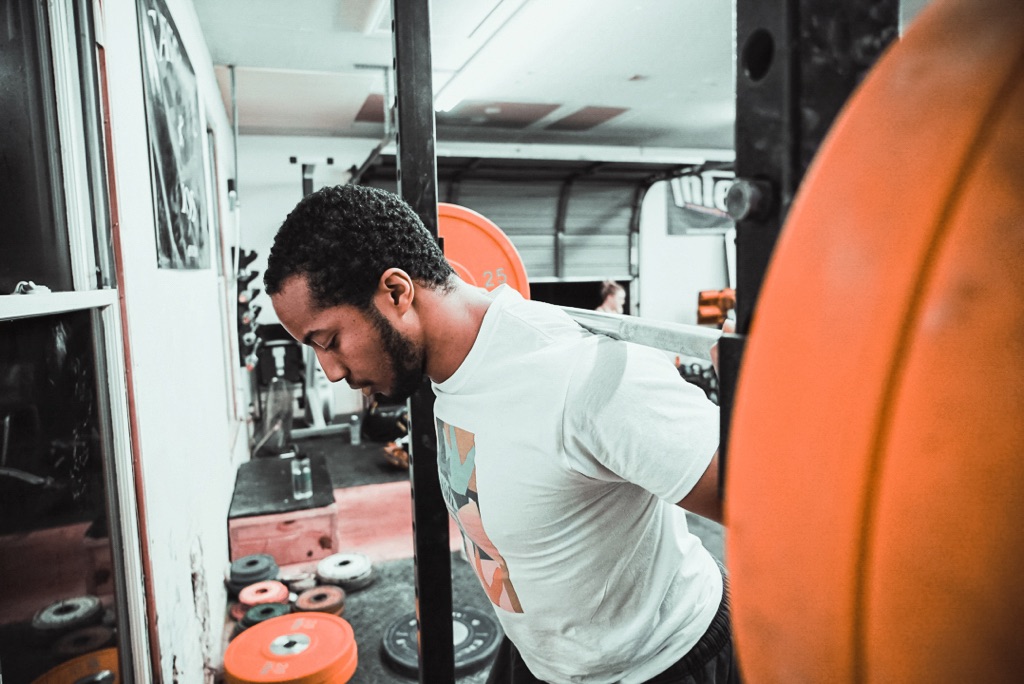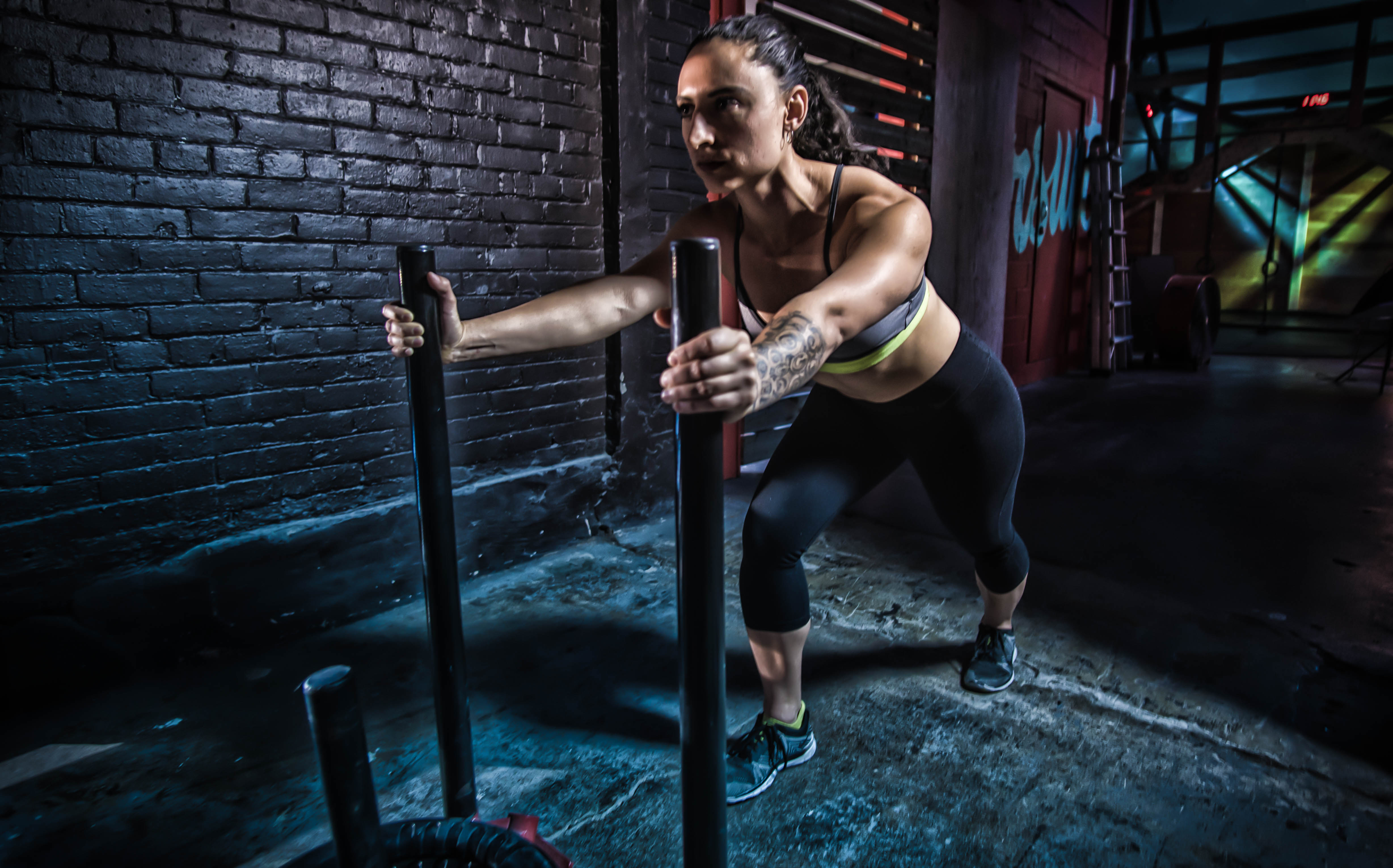If you’ve spent any amount of time in strength sports or in strength and conditioning, Louie Simmons, the strength coach and owner of the famed powerlifting gym Westside Barbell, is a familiar name – and with good reason. Louie’s athletes have broken over 140 world records and Louie has worked with numerous international, collegiate, and professional athletes and sports teams to make them bigger and stronger beyond their wildest dreams. His (and Travis’s) protégé Dave Hoff just broke the all-time total record in multiply yesterday (as of the day I am finishing writing this).
Whether you love him or hate him, or whether you agree or disagree with him, you can’t take away from Louie’s contributions to the strength and conditioning field or from the amount of information, guidance, and help he’s put out there for free.
In this piece, I discuss ways in which Louie influenced my approach to training and rehabilitation.
Emphasize Training The Muscles You Can’t See In The Mirror
Anyone’s who’s read or listened to anything that Louie has put out there knows that he puts a premium on training the glutes and hamstrings to build the squat and deadlift as well as training the upper back (scapular muscles, rotator cuff) and lats to build the bench press.
In many of the weight training clientele that I see, both as patients and for fitness and educational consults, these muscles are horrendously neglected. There’s a reason you don’t see too many people knocking out strict GHRs or chin-ups for sets of 10 at your regular gym. Most gym-goers overemphasize the muscles on the front of the body (i.e. pecs, quads, biceps, abs).
From both a performance and a clinical perspective that’s a huge mistake.
Training the glutes and hamstrings can have many benefits including
- Aesthetics: improved butt and thigh muscular development
- Performance: improved hip extension strength, hypertrophy, power, and speed with running and hip hinging movements
- Injury prevention and rehab: research suggests decreased hamstring strength relative to quadricep strength is a risk factor for initial and subsequent ACL injuries and glute centric exercises are well supported in the research for helping with patellofemoral pain
Also training the upper back and lat muscles can provide many similar benefits including
- Aesthetics: improved chest size and a “3D look” (to quote Joe DeFranco)
- Performance: improved tightness and stability as well as shorter range of motion during the bench press.
- Injury prevention: some research, although this is conflicting, suggests scapular movement deficits are a risk factor for shoulder pain. Either way these exercises can be helpful for shoulder pain and are often the ones most (but not all) of my patients tolerate best in the early stages of rehab
As such, Louie has motivated me to emphasize training of these muscles in the clinical and fitness populations I work with.
[thrive_leads id=’10395′]
Properly Building GPP And Overall Work Capacity
One of the biggest issues in youth athletic development, particularly in the US, is that of early sports specialization. Young, underdeveloped athletes are specializing in one sport far too soon and paying for it. By contrast Louie, with both his younger and older athletes, is a big fan of building a general base of fitness through various exercises and athletic endeavours. I preach this concept to patients, parents, students, and other professionals.
In addition, Louie is a big fan of building work capacity. Despite the negative connotation associated with high training volumes in sports, high training volumes can actually be very beneficial for both performance and injury prevention as long as the workload is not progressed too fast too soon. The optimal rate of workload progression in most people ranges from 10-20% per week although some may need a slower progression and some need a faster progression. Louie is a big fan of building training volume in his athletes through his special exercises but doing it slowly.
Having An Appropriate Atmosphere
One trait that most people think of when they think of Westside is its intense, ultra-competitive atmosphere. Some powerlifters and coaches have claimed that the atmosphere is the biggest reason behind the success of the gym. While that statement is debatable – one can’t deny the importance of having the right atmosphere in a clinic or gym in maximizing results.
In a clinic, the atmosphere should be warm, calm, friendly, caring and also relaxed and not rushed.
In a strength and conditioning facility, the atmosphere should be energetic and motivational with coaches and athletes pushing each other.
If you’re a clinician, trainer, gym owner, or clinic owner, is your atmosphere holding you back from getting results?
Learning From People Outside of Your “Box”
Louie has spent decades of time, effort, and money learning from and networking with various strength coaches, sport scientists, nutritionists, sprint coaches, physics experts, and many other people from outside of his domain of strict powerlifting.
In today’s health and fitness world, there is certainly more interaction between these different experts, but as Louie rose to popularity in the 80s and 90s that wasn’t so popular and everyone stayed in their own “box.” Louie helped to break down those barriers and is one of the greatest strength coaches of all time because of that.
In my line of work – being involved with both orthopedic physiotherapy, exercise for people with chronic diseases, and a bit of strength conditioning – I can’t do it all. Part of my job involves learning from and referring/recommending clients to strength coaches, trainers, dietitians, MDs, psychiatrists, sleep doctors, and other professionals. Given all the different facets of optimizing rehab and performance it’d be criminal to think you know everything or can do everything. Louie learns from and refers to lots of other experts for stuff outside of his domain – and you should too.
Since the 1960’s Louie has been a force to be reckoned with in the strength and conditioning world and he will continue to be that until the day he dies. I hope you can take a few tips from this that you can apply to your work. Thank you, Louie.
[thrive_leads id=’8207′]
About The Author
Eric graduated with a B.Sc. in Honours Kinesiology from the University of Waterloo in 2013 where he studied under world famous back expert Stuart McGill and was a Research Apprentice in the Spine Biomechanics laboratory. During his time at the University he worked at the Waterloo Regional Cardiac Rehabilitation Foundation.
After completing his B.Sc. he researched exercise and osteoporosis under Lora Giangregorio at the UW Bone Health lab before completing his Masters of Physical Therapy at Western University in 2015. Eric’s areas of interest are musculoskeletal rehabilitation, strength training, and exercise for special populations.
Outside of his clinical work Eric also contributes to course development in the Kinesiology program at the University of Waterloo and has contributed to course development and review in the Western University Physiotherapy program. Eric also competes in powerlifting and became Canadian Powerlifting Union Coaching Workshop Certified in 2018. Eric can be reached via email at bigericbowman@gmail.com or on Facebook, Twitter, or Instagram.

